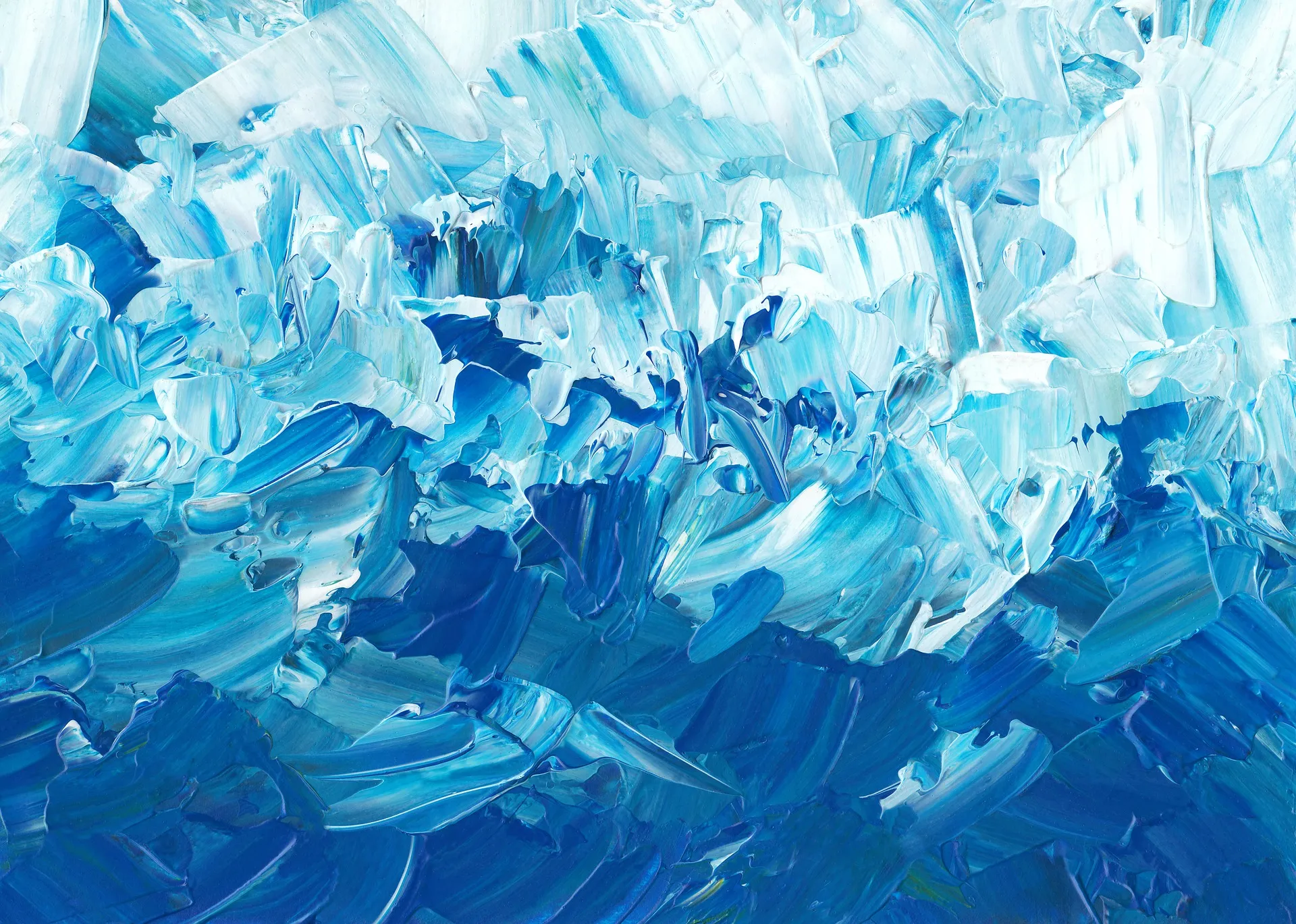package main
import (
"fmt"
"math/rand"
"sort"
"time"
"github.com/ryomak/p5go"
)
const (
cellSize = 20
canvasWidth = 300
canvasHeight = 300
)
var (
columnCount int
rowCount int
currentCells [][]int
nextCells [][]int
shapeColors map[string][3]uint8 // 形状ごとの色を管理するマップ
)
func main() {
p5go.Run("#canvas-detail",
p5go.Setup(setup),
p5go.Draw(draw),
p5go.MousePressed(mousePressed),
)
select {}
}
func setup(p *p5go.Canvas) {
p.FrameRate(10)
p.CreateCanvas(canvasWidth, canvasHeight)
columnCount = canvasWidth / cellSize
rowCount = canvasHeight / cellSize
// 配列を初期化
currentCells = make2DArray(columnCount, rowCount)
nextCells = make2DArray(columnCount, rowCount)
shapeColors = make(map[string][3]uint8)
// ボードをランダム化
randomizeBoard()
}
// 2次元配列を作成する関数
func make2DArray(cols, rows int) [][]int {
arr := make([][]int, cols)
for i := range arr {
arr[i] = make([]int, rows)
}
return arr
}
// ボードをランダム化(初期密度を制御)
func randomizeBoard() {
rand.Seed(time.Now().UnixNano())
for column := 0; column < columnCount; column++ {
for row := 0; row < rowCount; row++ {
// 初期密度を25%に設定
if rand.Float64() < 0.25 {
currentCells[column][row] = 1
} else {
currentCells[column][row] = 0
}
}
}
}
func draw(p *p5go.Canvas) {
p.Background(255)
// 領域の ID と形状キーを割り当て
regions, shapeKeys := assignRegions()
// グリッドを描画
for column := 0; column < columnCount; column++ {
for row := 0; row < rowCount; row++ {
cell := currentCells[column][row]
if cell == 1 {
shapeKey := shapeKeys[regions[column][row]]
color := getColorForShape(shapeKey)
p.Fill(color[0], color[1], color[2], 255)
} else {
// 死んだセルは薄いグレー
p.Fill(220, 220, 220, 255)
}
p.Rect(float64(column*cellSize), float64(row*cellSize), float64(cellSize), float64(cellSize))
}
}
// 次世代を生成
generate()
}
func mousePressed(p *p5go.Canvas) {
randomizeBoard()
}
// 次世代を生成
func generate() {
for column := 0; column < columnCount; column++ {
for row := 0; row < rowCount; row++ {
// 周囲の生存セルを数える
neighbours := countNeighbours(column, row)
// ライフゲームのルールを適用
if currentCells[column][row] == 1 { // 現在生存中のセル
if neighbours < 2 || neighbours > 3 {
nextCells[column][row] = 0 // 過疎または過密で死滅
} else {
nextCells[column][row] = 1 // 生存を維持
}
} else { // 現在死んでいるセル
if neighbours == 3 {
nextCells[column][row] = 1 // 誕生
} else {
nextCells[column][row] = 0 // 死のまま維持
}
}
}
}
// 配列をスワップ
currentCells, nextCells = nextCells, currentCells
}
// 周囲の生存セルを数える
func countNeighbours(column, row int) int {
neighbours := 0
for x := -1; x <= 1; x++ {
for y := -1; y <= 1; y++ {
if x == 0 && y == 0 {
continue // 自分自身はカウントしない
}
col := (column + x + columnCount) % columnCount
r := (row + y + rowCount) % rowCount
neighbours += currentCells[col][r]
}
}
return neighbours
}
// 領域を割り当てる
func assignRegions() ([][]int, map[int]string) {
regionID := 0
regions := make2DArray(columnCount, rowCount)
shapeKeys := make(map[int]string)
visited := make2DArray(columnCount, rowCount)
// Flood Fill を使って領域を識別
for column := 0; column < columnCount; column++ {
for row := 0; row < rowCount; row++ {
if currentCells[column][row] == 1 && regions[column][row] == 0 {
regionID++
shape := []string{}
floodFill(column, row, regionID, regions, visited, &shape)
shapeKeys[regionID] = calculateShapeKey(shape)
}
}
}
return regions, shapeKeys
}
// Flood Fill アルゴリズムで領域を塗りつぶし、形状を記録
func floodFill(column, row, regionID int, regions, visited [][]int, shape *[]string) {
if column < 0 || column >= columnCount || row < 0 || row >= rowCount {
return
}
if visited[column][row] == 1 || currentCells[column][row] == 0 {
return
}
visited[column][row] = 1
regions[column][row] = regionID
// 形状の相対位置を記録
*shape = append(*shape, fmt.Sprintf("%d,%d", column, row))
// 周囲8方向に対して再帰的に処理
directions := [][2]int{
{-1, -1}, {0, -1}, {1, -1},
{-1, 0}, {1, 0},
{-1, 1}, {0, 1}, {1, 1},
}
for _, dir := range directions {
floodFill(column+dir[0], row+dir[1], regionID, regions, visited, shape)
}
}
// 形状キーを計算
func calculateShapeKey(shape []string) string {
sort.Strings(shape) // 形状を一意にするためソート
return fmt.Sprintf("%v", shape)
}
// 形状ごとの色を取得
func getColorForShape(shapeKey string) [3]uint8 {
if color, exists := shapeColors[shapeKey]; exists {
return color
}
newColor := randomColor()
shapeColors[shapeKey] = newColor
return newColor
}
// ランダムな色を生成
func randomColor() [3]uint8 {
return [3]uint8{
uint8(rand.Intn(200) + 50), // R: 明るい色
uint8(rand.Intn(200) + 50), // G
uint8(rand.Intn(200) + 50), // B
}
}
